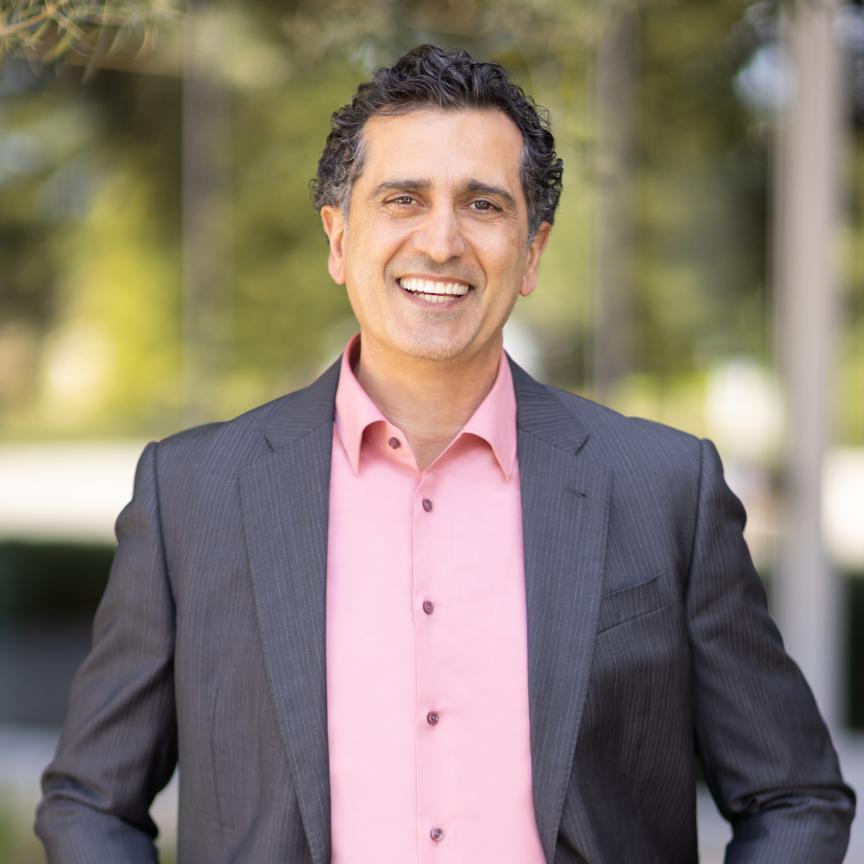The doors to the exhibition floor have officially opened at SC10 and already attendance is expected to beat last year's total of more than 11,000 visitors.
Covering a substantial 386,000 square feet, the exhibit area contains more than 300 exhibitors – 33 of whom are appearing for the first time. Speaking at the opening press conference, Addison Snell, CEO of the market research company, Intersect360 Research, predicted a substantial growth for HPC over the next few years.
In 2009 spending on HPC totalled $18,690m with what he termed 'traditional HPC' – predominantly science and engineering, accounting for 79.8 per cent of the total. The remaining 20.2 per cent fell under the category of 'edge HPC', which included high-capacity systems for Wall St as well as systems for maintaining online gaming environments. The company has forecast 7.8 per cent CAGR to 2014. Commenting that Windows is gaining market share, Snell went on to highlight that Windows accounted for 12 per cent of installed HPC systems in 2009.
In a separate analysis of the HPC market, IDC's Earl Joseph reported that in the first half of 2010 the market grew by two per cent, with the high end increasing by 65 per cent in 2009 and a forecast growth of between three and five per cent. Looking at the overall projected growth within the next three to four years, he expected that figure to be 6.3 per cent.
He noted that IDC had been asked by the European Union (EU) to make recommendations as to the future of HPC in Europe – a study prompted by fears that the EU was in danger of being left behind in the exploitation of high-performance computing and the benefits that it brings to science and to industrial innovation and competitiveness. These fears were thrown into high relief by the publication of the Top 500 list of supercomputers to coincide with the opening of the conference, with the list topped by a Chinese supercomputer. IDC concluded that Europe is under-investing in HPC.
One of the recommendations made was for 78 new HPC development test centres. However, in a slightly counter-intuitive recommendation, Joseph said that IDC had warned the Europeans against trying to build the first or even the second Exascale computer – the next generation technology. Far better, he said, for Europe to use its money to apply the technology and exploit its benefits to foster innovation and improvements in product quality in European industry.

